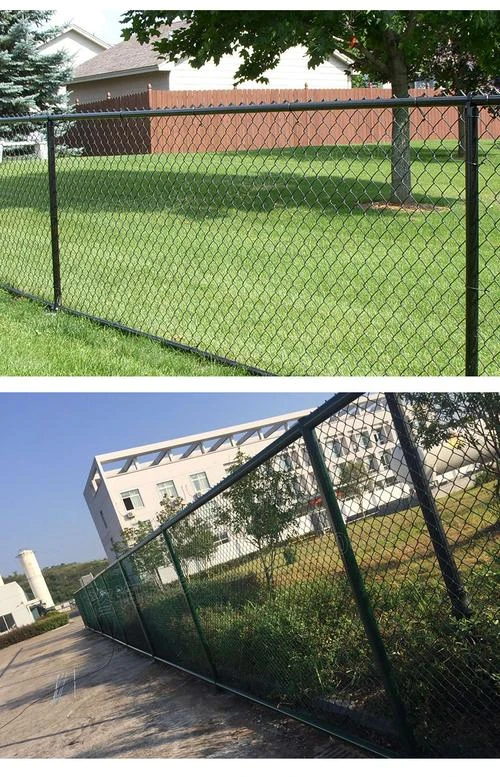 TEL:
+86-13102802206
TEL:
+86-13102802206
 Email:
fencenetting@china.com
Email:
fencenetting@china.com
 Language
Language
 TEL:
+86-13102802206
TEL:
+86-13102802206
 Email:
fencenetting@china.com
Email:
fencenetting@china.com
 Language
Language


The Price of Iron Wire Factors, Trends, and Implications
Iron wire has been an essential material in various industries, including construction, manufacturing, and agriculture. Over the years, the price of iron wire has been subject to fluctuations influenced by a myriad of factors ranging from raw material costs to economic conditions. Understanding the dynamics of iron wire pricing is crucial for businesses that rely on this fundamental resource.
Historical Context
Historically, the price of iron wire has been closely tied to the price of raw iron and steel. Iron wire is manufactured from iron rods, which are processed to create wire through drawing and rolling methods. Any changes in the iron ore market, primarily influenced by supply and demand, can have a ripple effect on the price of iron wire. For instance, during periods of high demand for construction materials, such as during economic booms, the price of iron ore tends to rise, consequently increasing the price of iron wire.
Key Factors Influencing Prices
1. Raw Material Costs The primary driver of the price of iron wire is the cost of iron ore. If iron ore prices rise due to supply constraints or increased demand—perhaps from burgeoning economies—iron wire prices are likely to follow suit.
2. Production Costs The cost of energy, labor, and technology used in the production process can also impact pricing. For example, rising energy costs can lead manufacturers to pass on these expenses to consumers in the form of higher prices for iron wire.
3. Market Demand Fluctuations in demand from various sectors play a significant role. Construction activities, which require substantial amounts of iron wire for reinforcement and binding, spur demand. Seasonal variations, such as construction activity peaking in warmer months, can lead to temporary surges in prices.
4. Global Supply Chain Dynamics The international trade of iron and steel products influences local pricing. Supply chain disruptions, caused by geopolitical tensions, natural disasters, or pandemics, can lead to shortages that push prices higher.

5. Technological Advancements Advances in production technology may decrease the cost of manufacturing iron wire, potentially lowering prices. Moreover, the emergence of alternative materials suited for similar applications can impact the overall demand for iron wire, affecting its market price.
Current Trends
As of late 2023, the price of iron wire has shown a mixed trend. Following the global recovery from the COVID-19 pandemic, many sectors have experienced a resurgence. Construction has ramped up significantly in many regions, driving demand for iron wire. However, the rise in raw material costs and challenges related to supply chain bottlenecks have kept prices relatively volatile.
Moreover, environmental considerations are becoming increasingly prominent. The push for sustainability has prompted manufacturers to invest in greener production methods, which can initially increase costs but potentially stabilize prices in the long run through more efficient production processes.
Implications for Businesses
Staying informed about iron wire pricing trends is essential for businesses in construction and manufacturing. Price fluctuations can impact project budgets and profit margins. Companies often adopt strategies such as bulk purchasing when prices dip or entering into long-term contracts to hedge against future price increases.
Additionally, understanding the broader economic landscape, including global trade dynamics and commodity market trends, allows businesses to make informed decisions regarding their supply chain and purchasing strategies.
Conclusion
The price of iron wire is a reflection of a complex interplay of various factors, ranging from raw material costs to market demand and global economic conditions. For industries dependent on this vital resource, keeping a close watch on these factors can aid in strategic planning, ensuring that they remain competitive and resilient in an ever-changing market. As the world continues to evolve, so too will the pricing dynamics of iron wire, making it essential for stakeholders to adapt and respond proactively.